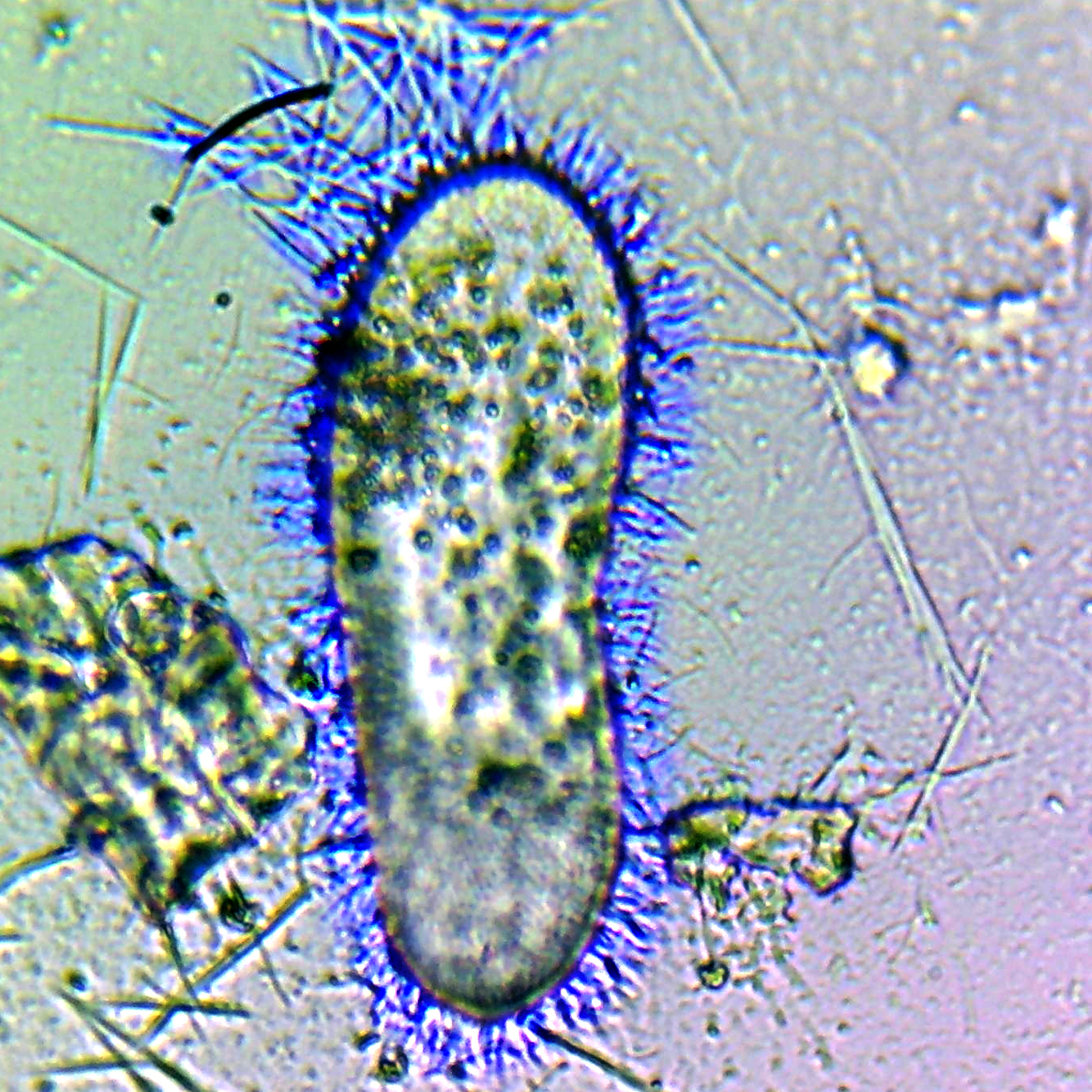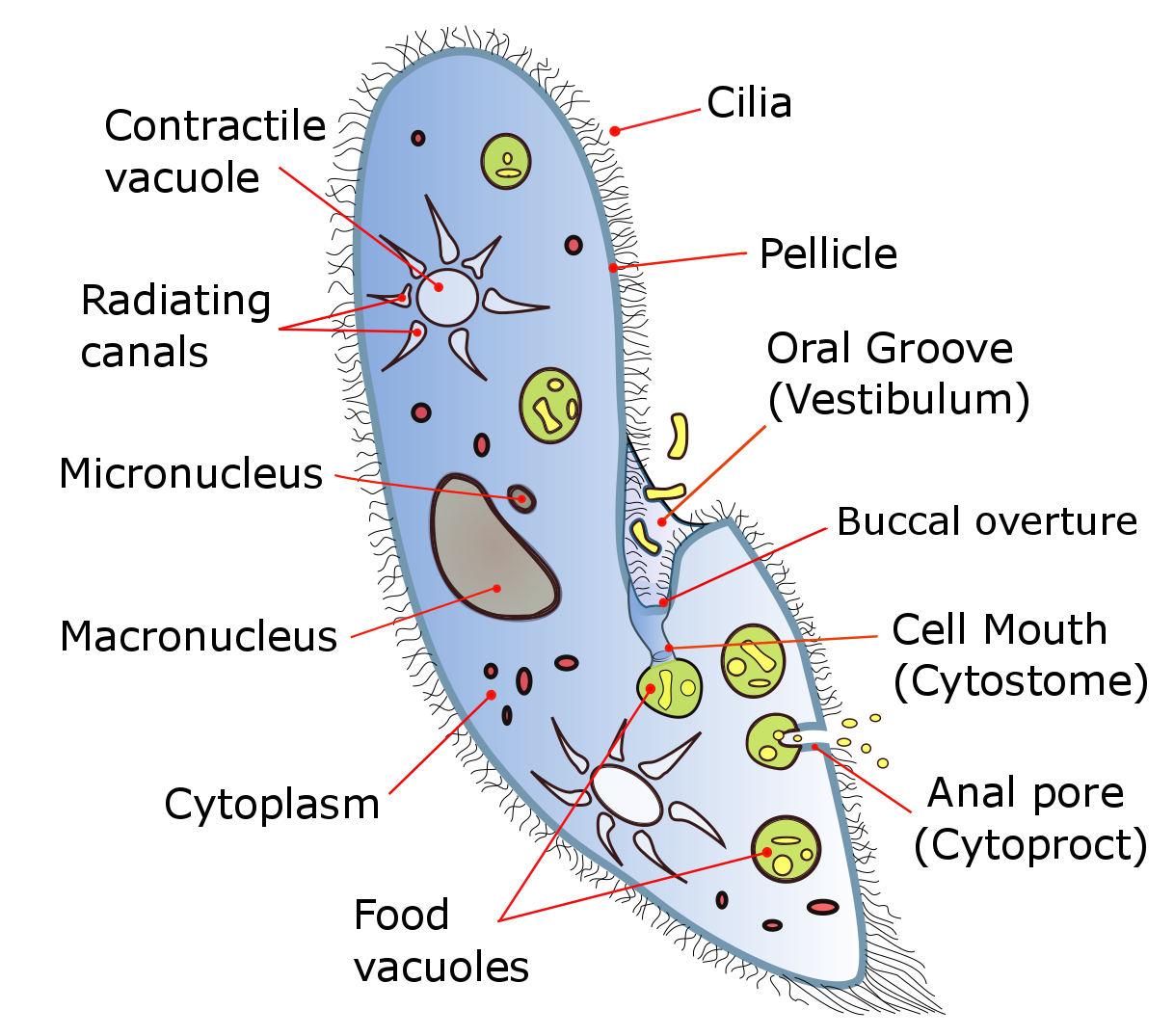|
Strombidium Lagenula
''Strombidium lagenula'' is a species of Marine habitats, marine planktonic ciliates belonging to the genus ''Strombidium'' (which contains about 31 species) in the order Oligotrichida. Like other ciliates, they are unicellular eukaryotes (protists) that move using Cilium, cilia. However in ''Strombidium lagenula'' and oligotrichs in general, the cilia on the cell body have been either lost or heavily reduced to "bristles", while the cilia surrounding the oral opening form large and prominent structures called membranelles, which are also used for locomotion. ''Strombidium lagenula'' was described in 1924 by Emmanuel Fauré-Fremiet, Fauré-Fremiet. They are spherical or bell-shaped, about 60 μm long, and are distinguished from other species of ''Strombidium'' by a raised girdle of trichocysts near the posterior end of the cell. References Spirotrichea Protists described in 1924 Ciliate species {{ciliate-stub ... [...More Info...] [...Related Items...] OR: [Wikipedia] [Google] [Baidu] |
Eukaryota
Eukaryotes () are organisms whose cells have a nucleus. All animals, plants, fungi, and many unicellular organisms, are Eukaryotes. They belong to the group of organisms Eukaryota or Eukarya, which is one of the three domains of life. Bacteria and Archaea (both prokaryotes) make up the other two domains. The eukaryotes are usually now regarded as having emerged in the Archaea or as a sister of the Asgard archaea. This implies that there are only two domains of life, Bacteria and Archaea, with eukaryotes incorporated among archaea. Eukaryotes represent a small minority of the number of organisms, but, due to their generally much larger size, their collective global biomass is estimated to be about equal to that of prokaryotes. Eukaryotes emerged approximately 2.3–1.8 billion years ago, during the Proterozoic eon, likely as Flagellated cell, flagellated phagotrophs. Their name comes from the Greek language, Greek wikt:εὖ, εὖ (''eu'', "well" or "good") and wikt:� ... [...More Info...] [...Related Items...] OR: [Wikipedia] [Google] [Baidu] |
Plankton
Plankton are the diverse collection of organisms found in water (or air) that are unable to propel themselves against a current (or wind). The individual organisms constituting plankton are called plankters. In the ocean, they provide a crucial source of food to many small and large aquatic organisms, such as bivalves, fish and whales. Marine plankton include bacteria, archaea, algae, protozoa and drifting or floating animals that inhabit the saltwater of oceans and the brackish waters of estuaries. Freshwater plankton are similar to marine plankton, but are found in the freshwaters of lakes and rivers. Plankton are usually thought of as inhabiting water, but there are also airborne versions, the aeroplankton, that live part of their lives drifting in the atmosphere. These include plant spores, pollen and wind-scattered seeds, as well as microorganisms swept into the air from terrestrial dust storms and oceanic plankton swept into the air by sea spray. Though m ... [...More Info...] [...Related Items...] OR: [Wikipedia] [Google] [Baidu] |
Trichocyst
A trichocyst is an organelle found in certain ciliates and dinoflagellates. A trichocyst can be found in tetrahymena ''Tetrahymena'', a unicellular eukaryote, is a genus of free-living ciliates. The genus Tetrahymena is the most widely studied member of its phylum. It can produce, store and react with different types of hormones. Tetrahymena cells can recogn ... and along cila pathways of several metabolic systems. It is also a structure in the cortex of certain ciliate and flagellate protozoans consisting of a cavity and long, thin threads that can be ejected in response to certain stimuli. Trichocysts may be widely distributed over an organism or restricted to certain areas (e.g., tentacles, papillae, around the mouth). There are several types. Mucoid trichocysts are elongated inclusions that may be ejected as visible bodies after artificial stimulation. Filamentous trichocysts in Paramecium and other ciliates are discharged as filaments composed of a cross-striated shaft ... [...More Info...] [...Related Items...] OR: [Wikipedia] [Google] [Baidu] |
Emmanuel Fauré-Fremiet
Emmanuel Fauré-Fremiet, ForMemRS, (1883–1971) was a French biologist. Life He was the son of the composer Gabriel Fauré and Marie Fremiet, the daughter of the sculptor Emmanuel Frémiet. He was a professor at the Sorbonne, and the Collège de France. At the Institut de Biologie Physicochimique (the Rothschild Institute), he developed diffraction X-Ray, and electron microscopy with Boris Ephrussi Boris Ephrussi (russian: Борис Самойлович Эфрусси; 9 May 1901 – 2 May 1979), Professor of Genetics at the University of Paris, was a Russo- French geneticist. Boris was born on 9 May 1901 into a Jewish family. His father, .... References French biologists 1883 births 1971 deaths Foreign Members of the Royal Society Foreign associates of the National Academy of Sciences Academic staff of the University of Paris Academic staff of the Collège de France 20th-century biologists 20th-century French scientists Protistologists {{France- ... [...More Info...] [...Related Items...] OR: [Wikipedia] [Google] [Baidu] |
Membranelle
Membranelles (also membranellae) are structures found around the mouth, or cytostome, in ciliate The ciliates are a group of alveolates characterized by the presence of hair-like organelles called cilia, which are identical in structure to eukaryotic flagella, but are in general shorter and present in much larger numbers, with a differen ...s. They are typically arranged in series, to form an "adoral zone of membranelles," or AZM, on the left side of the buccal cavity (peristome). The membranelles are made up of kinetosomes arranged in groups to make up ''polykinetids''. The cilia which emerge from these structures appear to be fused and to function as a single membrane, which can be used to sweep particles of food into the cytostome, or for locomotion.Kudo, Richard R. Protozoology. 4th ed. Charles C. Thomas, 1954. p. 59. References Organelles Ciliate biology {{cell-biology-stub ... [...More Info...] [...Related Items...] OR: [Wikipedia] [Google] [Baidu] |
Cilium
The cilium, plural cilia (), is a membrane-bound organelle found on most types of eukaryotic cell, and certain microorganisms known as ciliates. Cilia are absent in bacteria and archaea. The cilium has the shape of a slender threadlike projection that extends from the surface of the much larger cell body. Eukaryotic flagella found on sperm cells and many protozoans have a similar structure to motile cilia that enables swimming through liquids; they are longer than cilia and have a different undulating motion. There are two major classes of cilia: ''motile'' and ''non-motile'' cilia, each with a subtype, giving four types in all. A cell will typically have one primary cilium or many motile cilia. The structure of the cilium core called the axoneme determines the cilium class. Most motile cilia have a central pair of single microtubules surrounded by nine pairs of double microtubules called a 9+2 axoneme. Most non-motile cilia have a 9+0 axoneme that lacks the central pai ... [...More Info...] [...Related Items...] OR: [Wikipedia] [Google] [Baidu] |
Protist
A protist () is any eukaryotic organism (that is, an organism whose cells contain a cell nucleus) that is not an animal, plant, or fungus. While it is likely that protists share a common ancestor (the last eukaryotic common ancestor), the exclusion of other eukaryotes means that protists do not form a natural group, or clade. Therefore, some protists may be more closely related to animals, plants, or fungi than they are to other protists. However, like the groups ''algae'', ''invertebrates'', and '' protozoans'', the biological category ''protist'' is used for convenience. Others classify any unicellular eukaryotic microorganism as a protist. The study of protists is termed protistology. History The classification of a third kingdom separate from animals and plants was first proposed by John Hogg in 1860 as the kingdom Protoctista; in 1866 Ernst Haeckel also proposed a third kingdom Protista as "the kingdom of primitive forms". Originally these also included prokaryote ... [...More Info...] [...Related Items...] OR: [Wikipedia] [Google] [Baidu] |
Ciliate
The ciliates are a group of alveolates characterized by the presence of hair-like organelles called cilia, which are identical in structure to eukaryotic flagella, but are in general shorter and present in much larger numbers, with a different undulating pattern than flagella. Cilia occur in all members of the group (although the peculiar Suctoria only have them for part of their life cycle) and are variously used in swimming, crawling, attachment, feeding, and sensation. Ciliates are an important group of protists, common almost anywhere there is water—in lakes, ponds, oceans, rivers, and soils. About 4,500 unique free-living species have been described, and the potential number of extant species is estimated at 27,000–40,000. Included in this number are many ectosymbiotic and endosymbiotic species, as well as some obligate and opportunistic parasites. Ciliate species range in size from as little as 10 µm in some colpodeans to as much as 4 mm in length in s ... [...More Info...] [...Related Items...] OR: [Wikipedia] [Google] [Baidu] |
Marine Habitats
Marine habitats are habitats that support marine life. Marine life depends in some way on the saltwater that is in the sea (the term ''marine'' comes from the Latin ''mare'', meaning sea or ocean). A habitat is an ecological or environmental area inhabited by one or more living species.Abercrombie, M., Hickman, C.J. and Johnson, M.L. 1966.''A Dictionary of Biology.'' Penguin Reference Books, London The marine environment supports many kinds of these habitats. Marine habitats can be divided into coastal and open ocean habitats. Coastal habitats are found in the area that extends from as far as the tide comes in on the shoreline out to the edge of the continental shelf. Most marine life is found in coastal habitats, even though the shelf area occupies only seven percent of the total ocean area. Open ocean habitats are found in the deep ocean beyond the edge of the continental shelf. Alternatively, marine habitats can be divided into pelagic and demersal zones. Pelagic hab ... [...More Info...] [...Related Items...] OR: [Wikipedia] [Google] [Baidu] |
SAR Supergroup
The SAR supergroup, also just SAR or Harosa, is a clade that includes stramenopiles (heterokonts), alveolates, and Rhizaria. The name is an acronym derived from the first letters of each of these clades; it has been alternatively spelled "RAS". The term "Harosa" (at the subkingdom level) has also been used. The SAR supergroup is a node-based taxon. Note that as a formal taxon, "Sar" has only its first letter capitalized, while the earlier abbreviation, SAR, retains all uppercase letters. Both names refer to the same group of organisms, unless further taxonomic revisions deem otherwise. Members of the SAR supergroup were once included under the separate supergroups Chromalveolata ( Chromista and Alveolata) and Rhizaria, until phylogenetic studies confirmed that stramenopiles and alveolates diverged with Rhizaria. This apparently excluded haptophytes and cryptomonads, leading Okamoto ''et al.'' (2009) to propose the clade Hacrobia to accommodate them. Phylogeny Based on a ... [...More Info...] [...Related Items...] OR: [Wikipedia] [Google] [Baidu] |




.jpg)